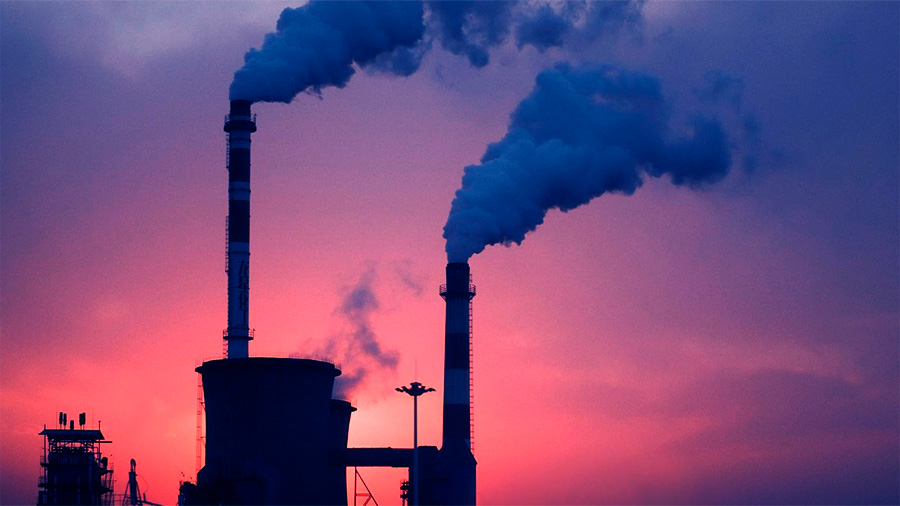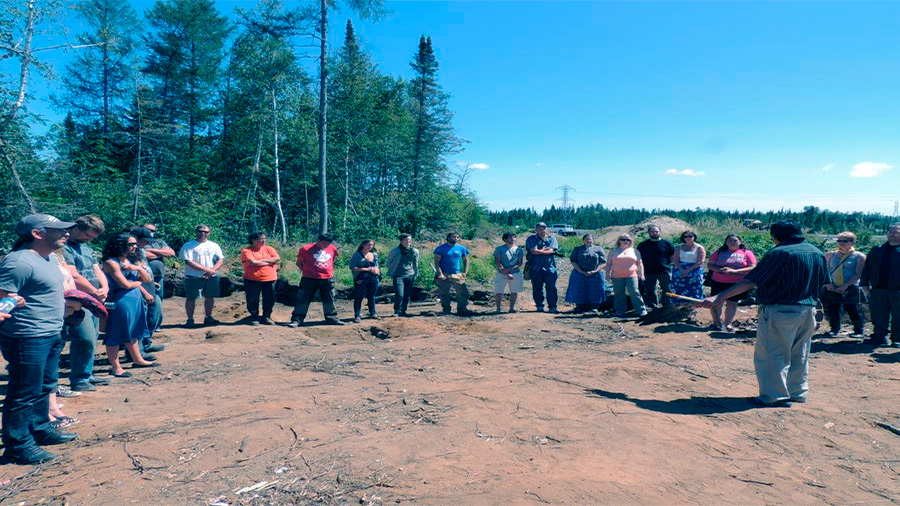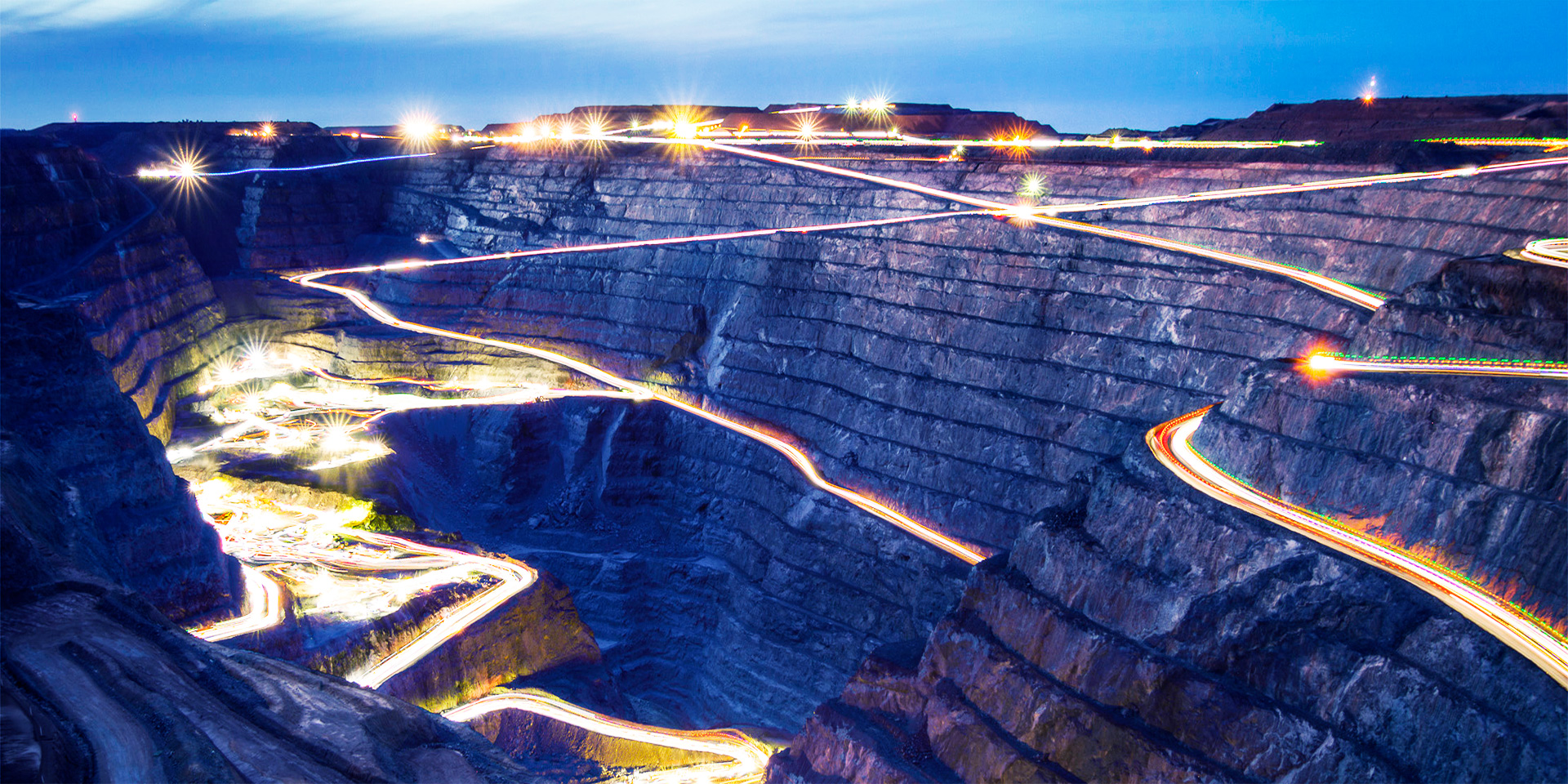Precious metals like gold, silver, and platinum play a critical role in global economies, underpinning industries, technology, and jewelry markets. However, the extraction of these valuable resources comes with significant environmental costs. From deforestation and water contamination to greenhouse gas emissions and biodiversity loss, mining poses severe ecological challenges. Balancing these impacts with the economic benefits derived from mining is a key concern for governments, industries, and environmental advocates. This article explores the environmental costs of precious metal mining and the mitigation efforts aimed at minimizing ecological harm while preserving economic gains.
Environmental Challenges of Precious Metal Mining
Mining for precious metals involves disruptive processes that alter landscapes, contaminate ecosystems, and deplete natural resources. Open-pit mining, a common method used to extract gold and silver, requires clearing large areas of land, leading to deforestation and habitat destruction. Additionally, the use of toxic chemicals like cyanide and mercury in processing metals contaminates water sources and soil, endangering both human and animal populations.
For example, gold mining is estimated to produce approximately 20 tons of toxic waste for every gold ring created. These wastes often end up in tailings ponds, where leaks or failures can cause catastrophic environmental disasters. In 2015, the collapse of a dam at a gold mine in Brazil released 60 million cubic meters of contaminated water into local rivers, devastating ecosystems and communities downstream.
Key Environmental Challenges
- Deforestation and habitat destruction due to land clearing.
- Water contamination from chemicals like cyanide and mercury.
- Soil degradation and loss of arable land.
- Greenhouse gas emissions from energy-intensive mining operations.
Understanding these challenges is essential for creating strategies that mitigate the environmental costs of mining.
Water Usage and Pollution
Water is a critical resource in mining operations, used for processing ores, controlling dust, and cooling equipment. However, mining activities often lead to over-extraction and contamination of water supplies. Cyanide leaching, a common method for extracting gold, uses significant volumes of water and generates wastewater laden with toxic substances.
In regions with scarce water resources, mining exacerbates water scarcity, leading to conflicts between mining companies and local communities. Additionally, acid mine drainage, a process in which sulfide minerals exposed during mining react with water and air to produce sulfuric acid, can pollute rivers and groundwater for decades.
Impact of Mining on Water Resources
- Excessive water consumption depletes local supplies.
- Pollution from toxic chemicals and heavy metals harms aquatic ecosystems.
- Acid mine drainage creates long-term contamination risks.
Addressing water-related challenges in mining requires innovative treatment technologies and stricter regulations.

Greenhouse Gas Emissions and Energy Use
Mining operations are energy-intensive, relying heavily on fossil fuels for machinery, transportation, and ore processing. The extraction and refining of precious metals contribute significantly to greenhouse gas emissions, exacerbating climate change. For example, the carbon footprint of producing one ounce of gold can exceed 20 metric tons of CO2 equivalents.
Mining companies often operate in remote areas, requiring extensive infrastructure development, including roads, power lines, and transportation networks. These activities further increase energy consumption and emissions, impacting the environment and local communities.
Reducing Carbon Footprints in Mining
- Adopting renewable energy sources for mining operations.
- Improving energy efficiency in machinery and processing methods.
- Implementing carbon offset programs to mitigate emissions.
Shifting towards sustainable energy solutions is critical for reducing the climate impact of precious metal mining.
Biodiversity Loss and Ecosystem Disruption
The ecological footprint of mining extends beyond land and water to biodiversity. Mining activities often occur in biodiversity hotspots, threatening endangered species and disrupting ecosystems. The destruction of habitats due to deforestation, road construction, and waste disposal alters ecological balance, often leading to irreversible damage.
For instance, mining operations in the Amazon rainforest have led to the loss of millions of hectares of forest, impacting indigenous communities and wildlife. Similarly, in Africa, artisanal gold mining has encroached on protected areas, jeopardizing conservation efforts for species like elephants and gorillas.
Mitigating Biodiversity Impacts
- Restoring mined areas through reforestation and habitat creation.
- Establishing biodiversity offsets to protect endangered species.
- Conducting environmental impact assessments before mining begins.
Prioritizing biodiversity conservation is essential for maintaining ecological integrity in mining regions.
Efforts to Mitigate Environmental Costs
Recognizing the environmental challenges of mining, governments, and industries have implemented various mitigation strategies to reduce ecological harm. These efforts focus on improving mining practices, adopting cleaner technologies, and enhancing regulatory frameworks to promote sustainable resource extraction.
One promising development is the rise of green mining technologies, such as bioleaching, which uses microorganisms to extract metals without toxic chemicals. Similarly, adopting renewable energy sources like solar and wind for powering operations reduces reliance on fossil fuels. Some mining companies have also embraced circular economy principles by recycling e-waste to recover precious metals, minimizing the need for new mining.
Key Mitigation Strategies
- Green mining technologies for cleaner extraction processes.
- Renewable energy adoption to reduce carbon footprints.
- Waste management improvements to prevent environmental contamination.
These initiatives demonstrate the potential for sustainable practices in the mining industry.
Government Regulation and International Frameworks
Governments play a critical role in balancing the economic benefits of mining with environmental protection. By enacting stringent regulations, they ensure that mining companies adhere to best practices and prioritize sustainability. For example, environmental impact assessments (EIAs) are often mandatory before new mining projects can proceed, allowing authorities to evaluate potential ecological impacts.
International frameworks, such as the Initiative for Responsible Mining Assurance (IRMA) and the Extractive Industries Transparency Initiative (EITI), promote accountability and environmental stewardship in the mining sector. These initiatives encourage companies to adopt responsible practices, from reducing emissions to protecting local communities.
Examples of Government and International Efforts
- Mandatory EIAs to assess environmental risks of mining projects.
- Enforcing reclamation and rehabilitation requirements for mined lands.
- Participation in global initiatives promoting sustainable mining practices.
Collaborative efforts between governments, industries, and international organizations are essential for mitigating mining’s environmental costs.

Community Engagement and Social Responsibility
Engaging local communities is a cornerstone of sustainable mining. Companies that involve communities in decision-making processes foster trust and cooperation, ensuring that mining activities align with local priorities. For instance, providing economic opportunities through employment and infrastructure development can offset some of the social and environmental impacts of mining.
Corporate social responsibility (CSR) initiatives also play a role in addressing mining’s ecological footprint. Many mining companies invest in community projects, such as clean water access, education, and healthcare, demonstrating their commitment to environmental and social well-being.
Key Community and CSR Initiatives
- Involving local communities in planning and monitoring mining projects.
- Investing in infrastructure and public services for affected areas.
- Supporting education and awareness programs on environmental conservation.
Community engagement ensures that mining benefits are shared equitably while addressing environmental concerns.
The Balance Between Economic Benefits and Environmental Costs
Precious metal mining remains a significant driver of economic growth, generating employment, government revenues, and foreign exchange earnings. However, these benefits must be weighed against the environmental costs of extraction. Striking a balance requires innovative approaches that prioritize sustainability without compromising economic opportunities.
For instance, countries like Canada and Australia have successfully implemented frameworks that promote responsible mining while supporting economic growth. These models emphasize transparency, stakeholder collaboration, and environmental accountability, offering a blueprint for other nations.
Achieving Balance
- Integrating sustainability into national mining policies.
- Encouraging public-private partnerships for sustainable development.
- Investing in research and innovation to minimize ecological impacts.
Balancing economic benefits with environmental sustainability is essential for the long-term viability of mining activities.
The Conclusion
The environmental costs of precious metal mining are substantial, encompassing deforestation, water pollution, greenhouse gas emissions, and biodiversity loss. While these challenges are significant, mitigation efforts through green technologies, regulatory frameworks, and community engagement offer pathways to more sustainable practices. By balancing economic benefits with environmental stewardship, governments and industries can ensure that precious metal mining contributes to global prosperity without compromising ecological integrity. Collaboration, innovation, and accountability are key to achieving this balance, fostering a mining industry that is both profitable and sustainable.




